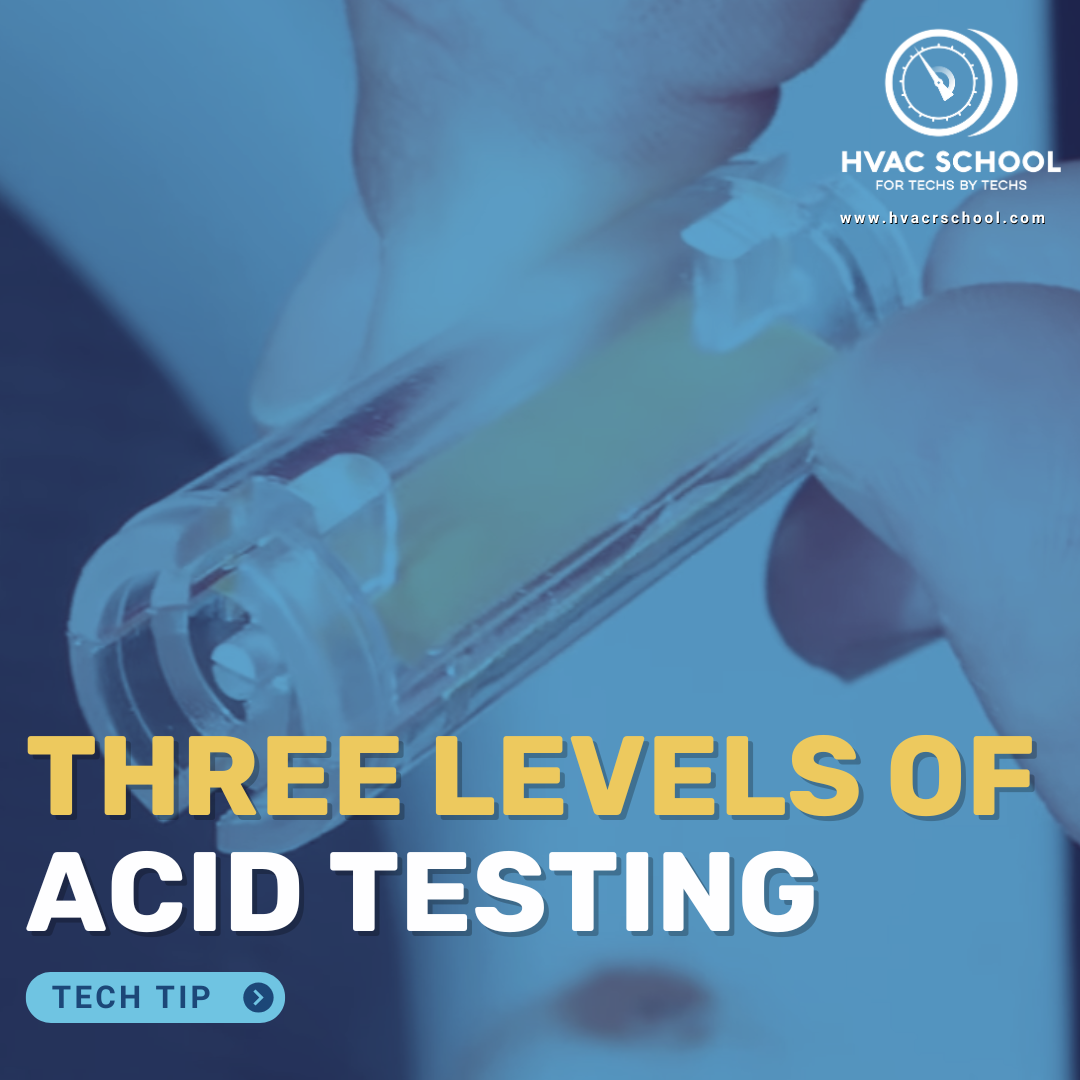Get Tech Tips
Subscribe to free tech tips.
Exposed Duct High Temperature Limit

I bought a crappy old house built in the 1920s a few years into my marriage. There were so many things wrong with it. Water intrusion, leaking pipes, roots in the sewer line… on and on. But it was our house, and we loved it.
One issue was that the water heater was tiny, and it was in the attic with no room to make it larger. I couldn't even make it through a shower without running out of hot water. So, what did I do? I jacked up the thermostat!

My wife washed dishes the next day and was not amused at the blazing hot water that came gushing over her hands. I'm glad I listened to her and set it back down. Not only was it a safety hazard, but it was also a waste of energy.
So much of what we do is about controlling the temperature of air, fluids, and objects. We also try to control the heat transfer rate from one thing to the other. We can impact this transfer rate by changing the distance between the objects, changing their temperature differential, or changing the resistance to energy flow or R-value.
In the case of the water heater, increasing the temperature of the water in the tank and pipes increases the rate of energy loss through the tank and pipe walls. It's also a safety hazard. That is why the Department of Energy suggests setting your water heater thermostat to 120ºF, which is 20° lower than many manufacturers even set it.
What does this have to do with ducts?
In addition to changing temperature differential, we can insulate to reduce energy transfer. Duct insulation is just one example of that. We insulate things for three primary reasons:
- To reduce the rate of heat transfer from hot to cold (efficiency or comfort)
- To keep the temperature of a surface above dew point (to prevent condensation and water damage)
- To protect ourselves from scalding or frostbite (safety)
The IMC (International Mechanical Code) 2015 edition 604.2 surface temperature states that ducts that contain air over 120°F must have enough insulation so that the external surface doesn't exceed 120°. That serves as a high limit for duct temperatures for safety reasons, but it also has practical energy-saving applications.
While locally adopted mechanical and energy conservation codes will generally require a certain insulation R-value for ducts, you can use this 120° surface temperature as a litmus test. On the other end of the spectrum, a duct surface temperature should never be allowed to fall below the dew point temperature of the air surrounding it. That can be quite tricky in humid climates, especially where ducts are installed in unconditioned spaces, but it should nevertheless be considered.
So, be safe and efficient, and stay dry by keeping your ducts and water heater piping properly insulated.
—Bryan










Comments
To leave a comment, you need to log in.
Log In